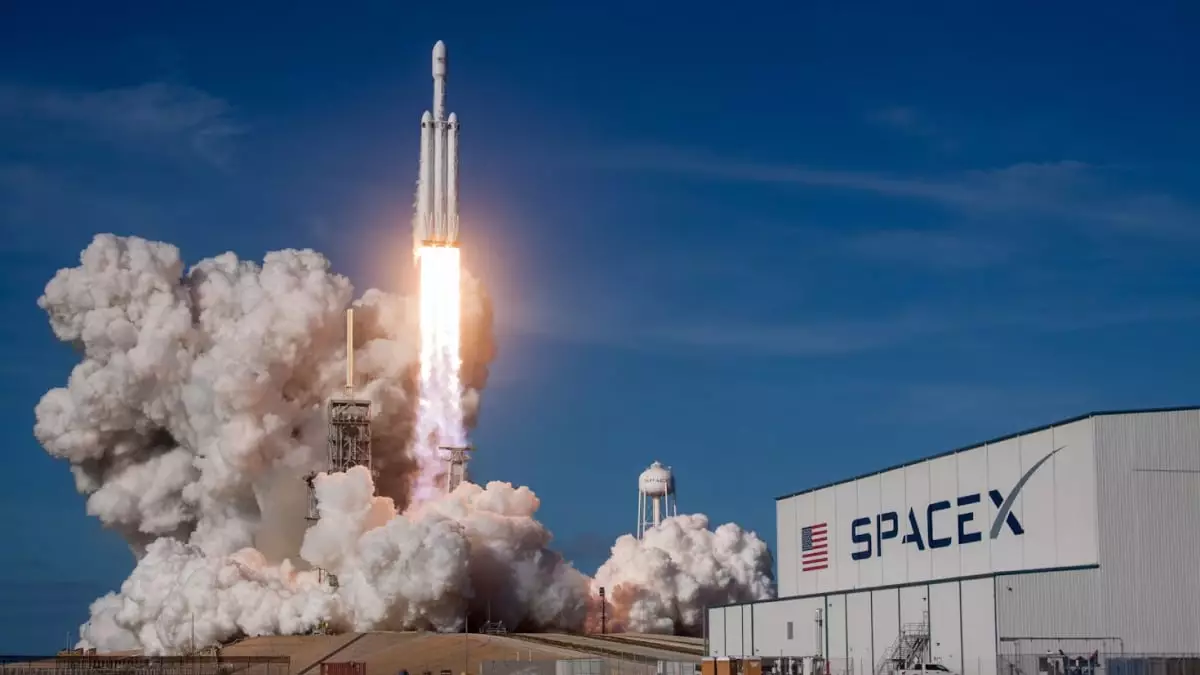In a remarkable leap forward for commercial space travel, Jared Isaacman and Sarah Gillis made history on September 12, 2024, by completing the first-ever spacewalk performed by non-professional astronauts. This groundbreaking mission unfolded 435 miles above Earth, as they exited the SpaceX Dragon capsule, marking an unprecedented moment in the realm of space exploration. Traditionally, spacewalks have been the domain of astronauts trained through governmental programs, but this mission signifies a monumental shift towards increased participation from private citizens, backed by innovative firms like SpaceX.
Isaacman, a billionaire entrepreneur and pilot, has taken a bold step by financing the Polaris Dawn mission. The significance of this mission cannot be understated: it heralds a new era where the lines between amateur enthusiasts and seasoned professionals are blurred, creating opportunities for diverse participation in the final frontier. Their outing was not without its challenges; specifically, the mission involved an unorthodox approach to spacewalks. Instead of using an airlock to manage the transition from pressurized environment to the vacuum of space—a standard practice for previous missions—the Dragon capsule was designed to be fully exposed to the outside environment, introducing an array of complications.
To mitigate risks associated with potential decompression sickness, both Isaacman and Gillis completed a rigorous two-day “pre-breathing” protocol. This preparation included adjusting their bodies to the reduced pressure conditions they would later experience. The uniqueness of this mission resided not only in its commercial nature but also in the methodical planning that ensured crew safety while exploring the frontiers of space.
Innovative Technology and New Techniques
The astronauts donned newly designed extravehicular activity (EVA) suits, incorporating advanced features like a heads-up display that enhances operational capabilities during a spacewalk. As Isaacman stepped out first, he provided essential feedback on the suit’s performance while Gillis followed, sharing their experiences with a captivated audience via a live narration. The collaboration exemplifies how private enterprises are innovating and reshaping traditional practices in space travel, paving the way for more complex missions in the future.
The successful execution of this private spacewalk showcases the potential for increased involvement of non-professional astronauts in space missions—an inclusive vision for the future of space exploration. While the financial investment for such ambitious missions remains substantial, the successes achieved through initiatives like the Polaris Dawn mission could serve as a catalyst, inspiring greater accessibility to the cosmos for eager explorers.
Additionally, the mission set a new benchmark by achieving the highest number of individuals in the vacuum of space simultaneously. This is not merely a statistic; it is a reflection of a changing paradigm in space exploration. With private enterprises like SpaceX leading the way, the prospect of democratizing access to space is becoming ever more tangible, promising to redefine humanity’s relationship with the stars.
The spacewalk by Isaacman and Gillis is an emblematic moment not only for private spaceflight but for the entire field of aerospace exploration, underscoring the potential for collaboration between entrepreneurial spirit and scientific innovation in the vibrant landscape of space travel.


Leave a Reply